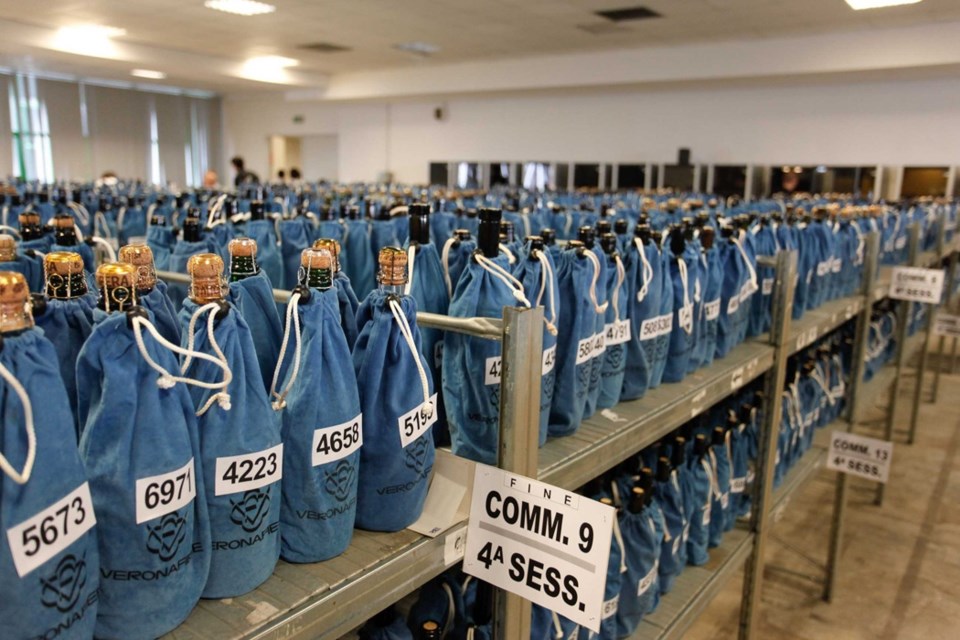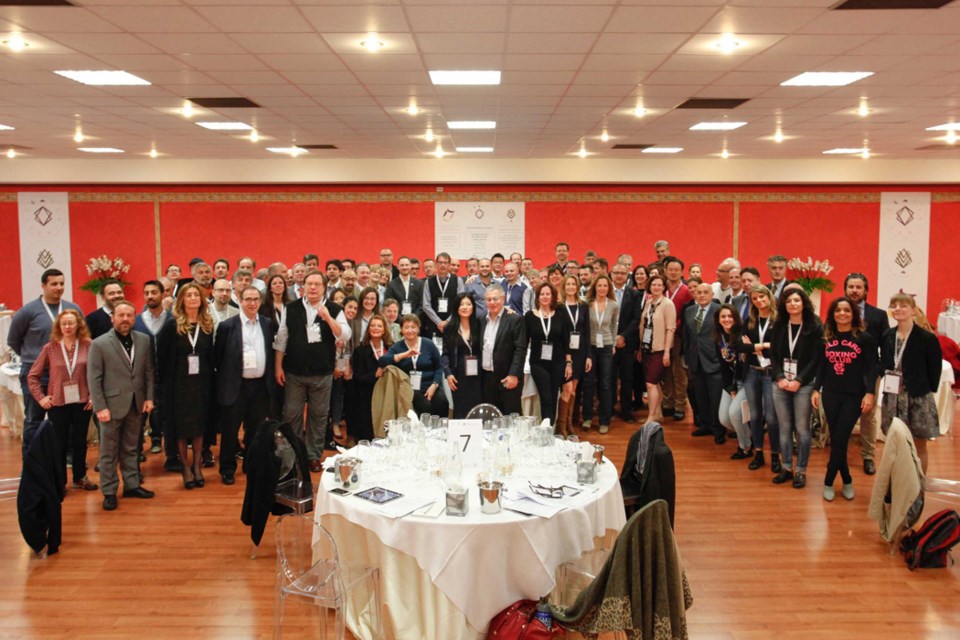How do you mark the big five-oh? I’m in favour of going all out (when I get there of course).
Apparently so is Vinitaly. For the 50th anniversary of Italy’s annual wine exposition, Vinitaly expanded the show beyond the exhibition hall, taking over the streets of Verona with music, food and wine for all. The milestone celebration also included a performance by Sting, a gala dinner in Verona’s 2,000-year-old Roman arena, and countless special tastings, meals and events. I was there to lap it all up.
To kick everything off, Vinitaly launched a new wine competition, 5 Star Wines. Skeptics might ask if the world needs another wine award. There are lots of them, and some are far superior to others. It’s wise to question what a medal on a bottle means. After all, a wine competition is only as good as the jury and the wines that are entered.
Stevie Kim (Vinitaly International managing director and force to be reckoned with) headed up the competition along with scientific director and leading Italian wine guru Ian D’Agata. They nailed the first criteria, managing to bring together some of the most respected palates in the world. We were 70 judges strong, including eight Masters of Wine, three Master Sommeliers, top wine writers and a host of other renowned experts. I was humbled to be included.

The second part of the equation – the participating wines – is just as crucial. Surely the roster of judges provided incentive for wineries to partake. The competition was open to wines around the globe and attracted over 2,700 labels from 27 countries. Based on what I tasted and the list of winners, there were plenty of quality entries.
The awarding process was straightforward: wines scoring over 90 points received a 5 Star Wine accolade. We evaluated in panels of four or five judges with the wines presented blind and grouped together with peers. We were given only the country, appellation and/or grape variety as reference. This meant that besides appraising balance, concentration, complexity and potential for ageing, we could assess wines within their competitive set and consider if they were true to type. The excellent and the bad always stand out. The real work is making sure the subtle wines aren’t overlooked.
I couldn’t ask for a better job. My mornings started out gently with a flight of bubbles (either Prosecco or Franciacorta). Amidst the international wines, I tasted examples from Hungary, Slovenia, Bulgaria, Israel and China. Even a Cabernet Franc Icewine from Ontario showed up. Next year I would love to see some entries from British Columbia, and so would the international judges.
After three days of swirling, sniffing, swishing and spitting, we bestowed close to 400 awards. That’s a selective 14 per cent of the submissions. The top-scoring wines were a German dessert wine (Weingut Anselmann’s 2015 Edesheimer Rosengarten Riesling Beerenauslese), a prestige cuvée Champagne (Pommery’s 2002 Cuvée Louise Brut) and a cru Barolo (Réva’s 2012 Ravera).
Beyond all of the Amarone and Brunello that deservedly earned 5 Star Wine ratings, plenty of Italy’s lesser-known gems were also recognized. I was thrilled to see obscure indigenous grapes like Cagnulari from Sardegna, Biancolella from the island of Ischia and Grignolino from Piedmont make it to the list of winners. This is where the true merit of this competition lies, in its ability to give exposure and acclaim to wines that may not usually get attention.
Be on the look out for bottles bearing the 5 Star Wines sticker, which displays two intertwined diamonds with the wine’s numeral score in the middle. For the full list of winners, you can check out the Vinitaly website.



